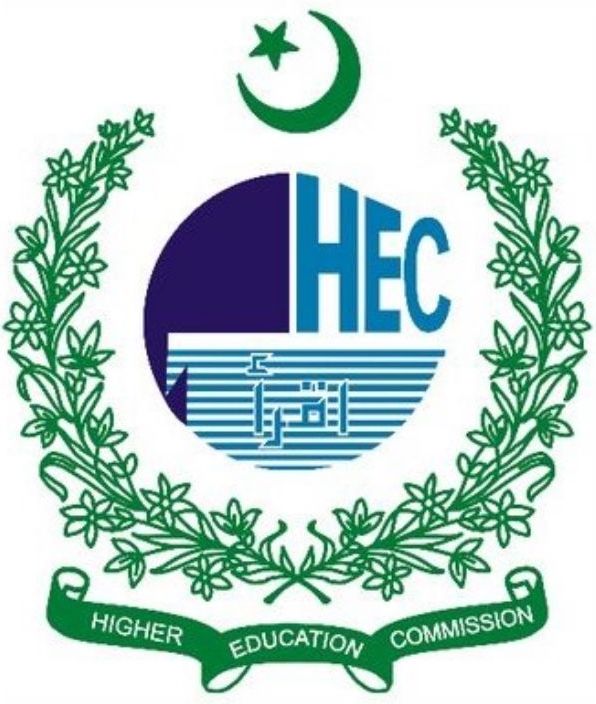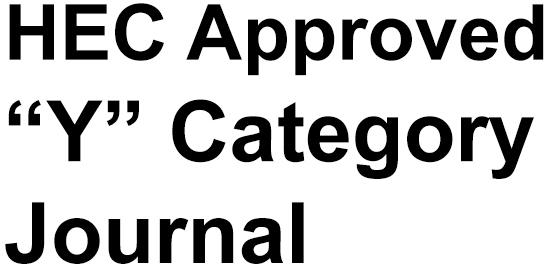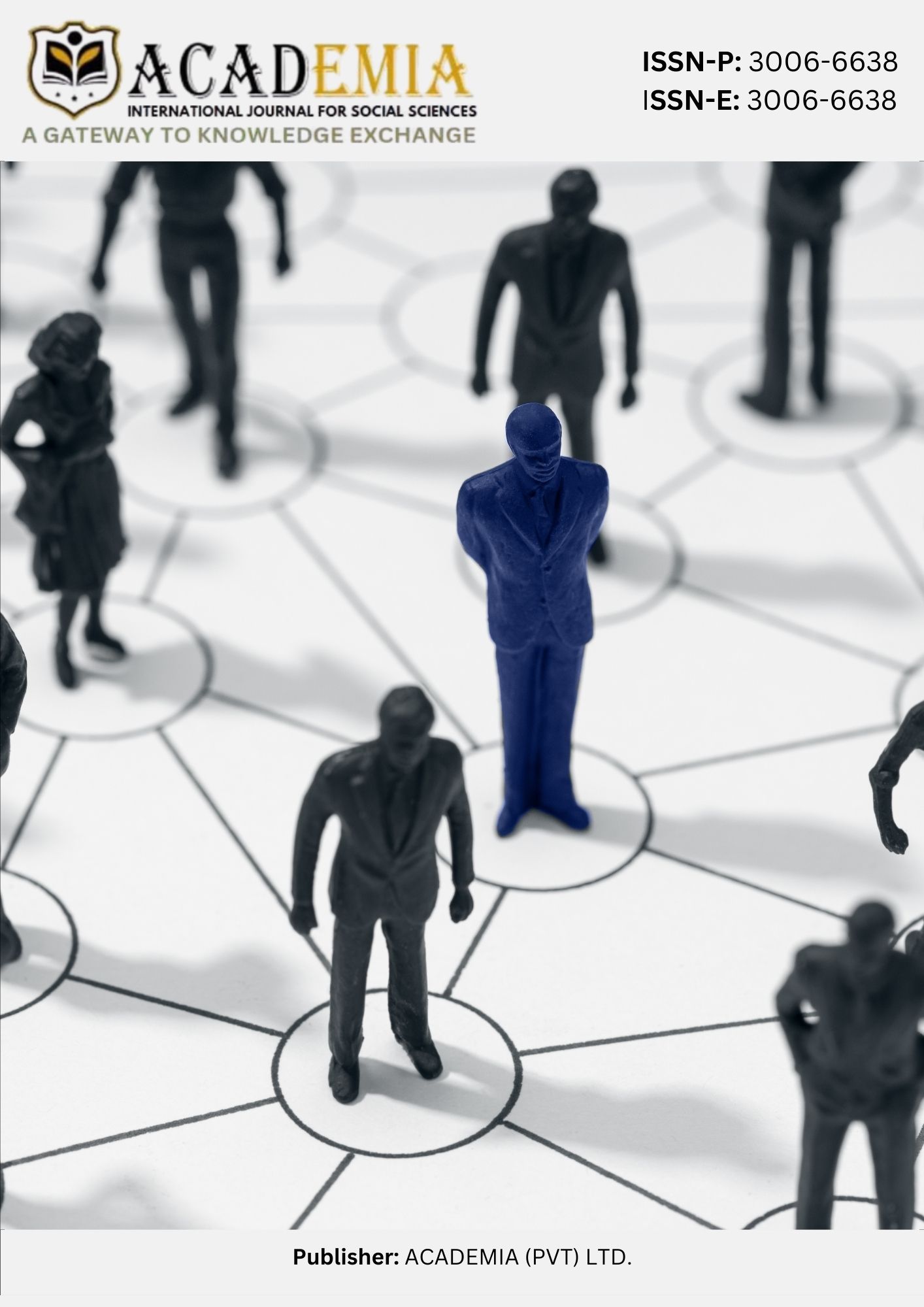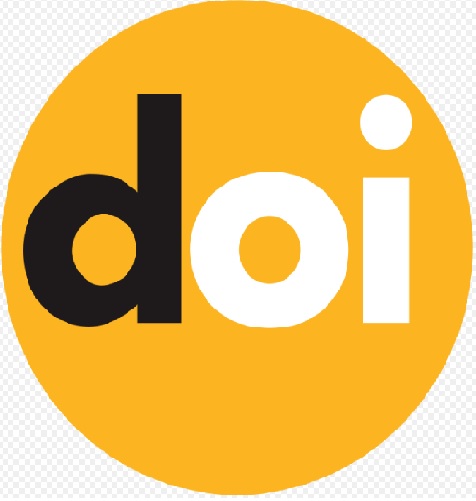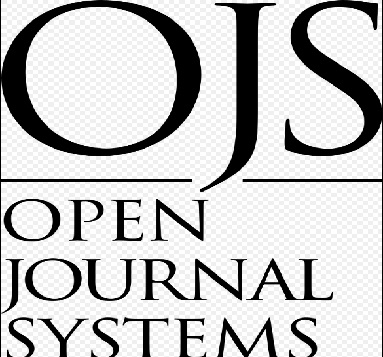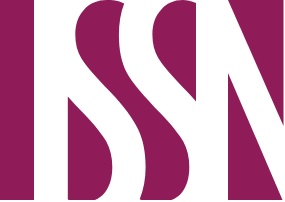Barriers to Educational Equity: The Case of Transgender Youth in Rural Schools
DOI:
https://doi.org/10.63056/ACAD.004.02.0213Keywords:
Transgender, Barriers, Educational EquityAbstract
Despite growing advocacy for inclusive education, transgender students remain one of the most marginalized populations in academic institutions, frequently encountering systemic and interpersonal challenges that hinder both their enrollment and continued participation in educational settings. The title of the study was " Barriers to Educational Equity: The Case of Transgender Youth in Rural Schools." The objective of the study was to identify the specific social, cultural, and institutional barriers that prevented the transgender community from accessing education and to delve into the details of the transgender community members who had successfully navigated these barriers, examining the factors that enabled their success. The research method selected for the study was mixed-method triangulation, chosen in consideration of the nature of the existing status of Pakistan's transgender population, treated as insignificant by mainstream society. A descriptive study design was used. The population of the study consisted of all 1111 transgender individuals in the Rawalpindi area. A non-probability snowball sampling technique was employed, wherein participants assisted the researcher in identifying other similar participants. The sample size for the study consisted of 25% of the population. A self-structured questionnaire was used as a research tool. To obtain detailed information for research purposes, the researcher conducted interviews with the respondents. The content validity of the research tool was established with the guidelines of five different experts in the field of educational research. Their opinions and remarks were used to update the research tool. The reliability of the research tool was determined using Cronbach’s Alpha formula.The researcher personally visited the population area of Rawalpindi, seeking permission for meetings. The researcher also explained the questionnaire to the respondents, and their responses were stored for further analysis. The collected data were used for analysis; conducted using SPSS version 24.The study was significant for the transgender community, society, policymakers, human rights organizations, and the overall education system.
Downloads
Published
Issue
Section
License
Copyright (c) 2025 Dr. Sidra Kiran, Dr. Ali Gul Bugti, Dr. Um E Rubab, Saima Munir (Author)

This work is licensed under a Creative Commons Attribution 4.0 International License.


